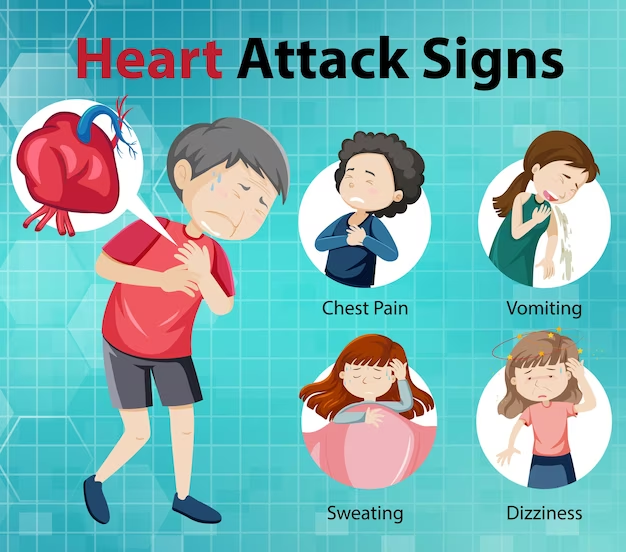Paracetamol overdose ; all you should know
Paracetamol, also known as acetaminophen in the United States and Canada, is a widely used over-the-counter pain reliever and fever reducer. It has an excellent safety profile when administered in proper therapeutic doses, but hepatotoxicity can occur after overdose or when misused in at-risk populations. In the United States, acetaminophen toxicity has replaced viral hepatitis as he most common cause of acute liver failure and approximately 20 percent of liver transplant cases.
The maximum recommended acetaminophen dosage is 4 grams/day in an adult and 90 mg/kg/day in children. People with underlying liver disease or those with chronic alcohol consumption are at an increased risk of developing hepatotoxicity (liver damage from chemicals) with use of acetaminophen.
Toxicity Symptoms ;
Most patients who overdose on acetaminophen will initially be asymptomatic, as clinical symptoms of end-organ toxicity do not manifest until 24-48 hours after an acute ingestion. Therefore, to identify a patient who may be at risk of hepatoxicity, the time(s) of ingestion, the quantity, and the formulation of acetaminophen ingested plays a vital role .
Minimum toxic doses of acetaminophen for a single ingestion, posing significant risk of severe hepatotoxicity, are as follows:
- Adults: 7.5-10 g
- Children: 150 mg/kg; 200 mg/kg in healthy children aged 1-6 years
- Patients may be asymptomatic or report anorexia, nausea or vomiting, and malaise
- Physical examination may reveal pallor, diaphoresis, malaise, and fatigue
Phase 2 ( 18-72 h ) after ingestion ;
- Patients develop right upper quadrant abdominal pain, anorexia, nausea, and vomiting
- Right upper quadrant tenderness may be present
- Tachycardia and hypotension may indicate volume losses
- Some patients may report decreased urinary output (oliguria)
Phase 3: Hepatic phase ( 72-96 h ) after ingestion ;
- Patients have continued nausea and vomiting, abdominal pain, and a tender hepatic edge
- Hepatic necrosis and dysfunction may manifest as jaundice, coagulopathy, hypoglycemia, and hepatic encephalopathy
- Acute kidney injury develops in some critically ill patients
- Death from multiorgan failure may occur
Phase 4: Recovery phase (4 d to 3 wks.) after ingestion ;
- Patients who survive critical illness in phase 3 have complete resolution of symptoms and complete resolution of organ failure.
Diagnosis ;
A doctor’s first step in diagnosing acetaminophen toxicity is to get a complete history, including the time the medication was ingested, the amount of medication that was ingested, and what form of the medication was ingested. A diagnosis of acetaminophen toxicity is usually confirmed through diagnostic tests, including an acetaminophen level, electrolytes, kidney function tests, amylase, lipase, liver function tests, complete blood count and coagulation factors. Imaging studies, such as an ultrasound may be used to assess liver enlargement. A liver biopsy may also be ordered.
If you think you or someone you know has taken an overdose of paracetamol, call 911 or your local emergency number immediately. Do not induce vomiting or give activated charcoal unless instructed to do so by a healthcare professional.
The severity of paracetamol overdose depends on several factors, including the amount ingested and how quickly medical attention is received. If treated promptly, it's possible to prevent or minimize liver damage.
Management ;
Timing is a vital factor in the treatment of acetaminophen toxicity, and therefore doctors attempt to begin treatment of acetaminophen overdose within eight hours of ingestion in order to achieve the best possible outcome for the patient.
Treatment for paracetamol overdose typically includes:
- Activated charcoal to absorb the paracetamol in the stomach
- N-acetylcysteine, an antidote that helps to protect the liver
- Supportive care, such as fluids and electrolytes
Here are some tips to prevent paracetamol overdose:
- Take paracetamol only as directed.
- Do not take more than the recommended dose.
- Do not take paracetamol with other medications that contain paracetamol.
- Keep paracetamol out of the reach of children.
If you have any questions or concerns about paracetamol overdose, talk to your healthcare professional.
Underlying conditions ;
Individuals with liver disease, alcohol abuse problems, or those taking medications that affect the liver should use paracetamol with caution and under the guidance of a healthcare professional.
Conclusions ;
Paracetamol is generally safe when used as directed, but it's crucial to be aware of the risks associated with overdose and to take it responsibly. If you or someone you know may have taken too much paracetamol, don't hesitate to seek immediate medical assistance, as early intervention is critical in preventing serious complications.





Comments
Post a Comment